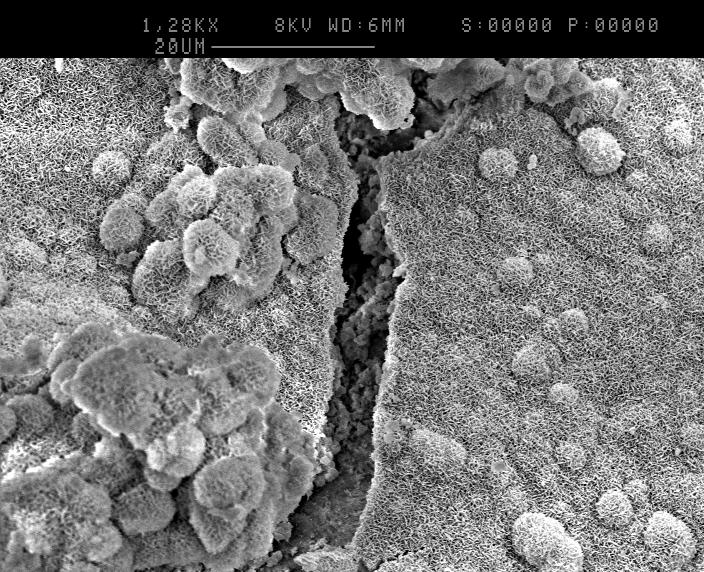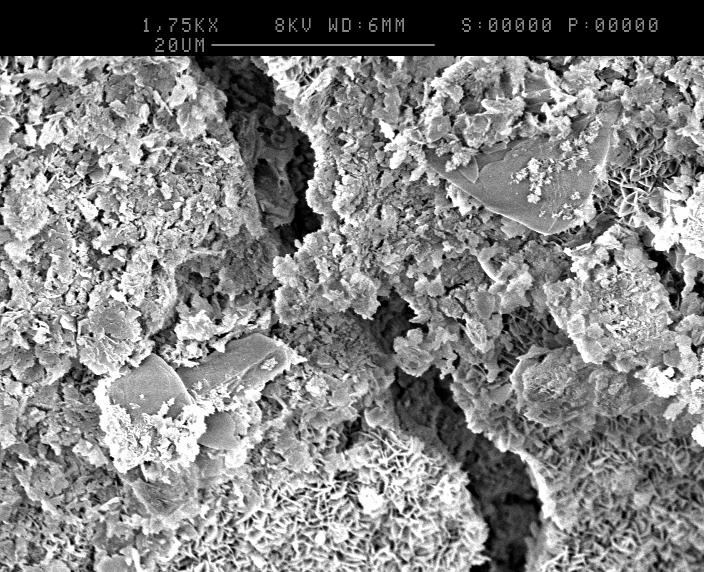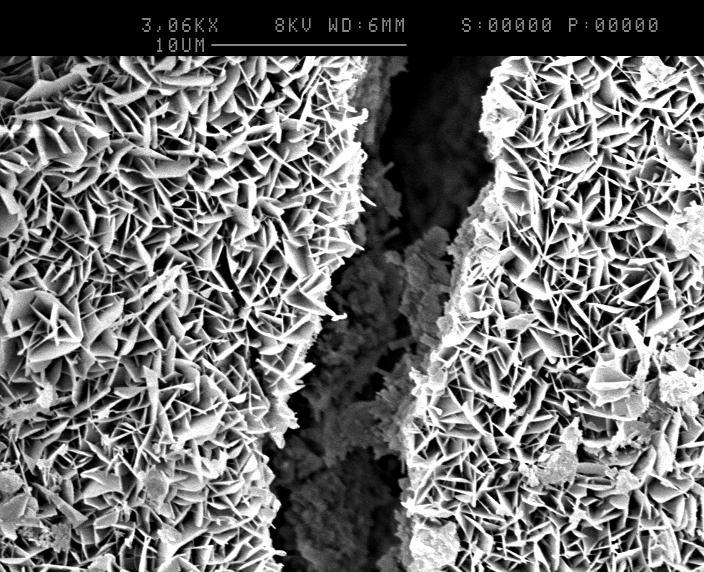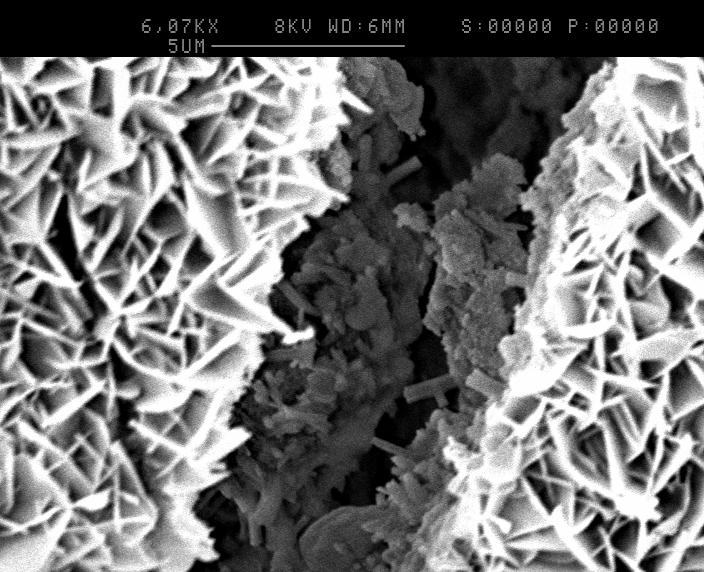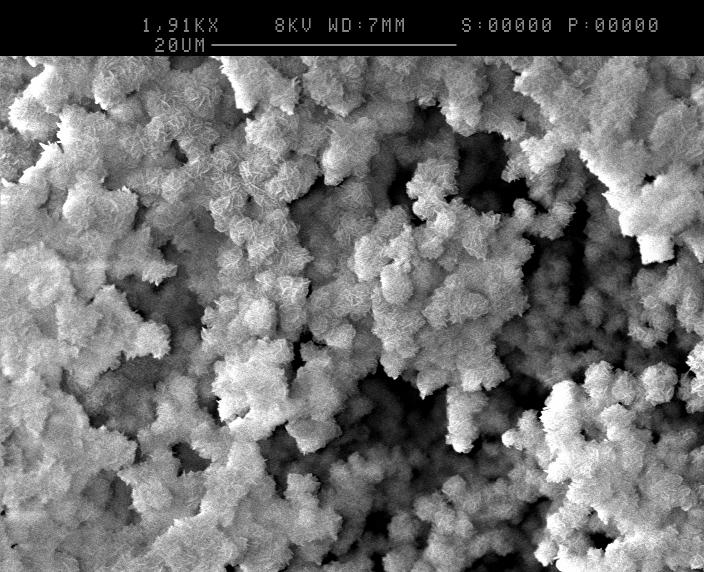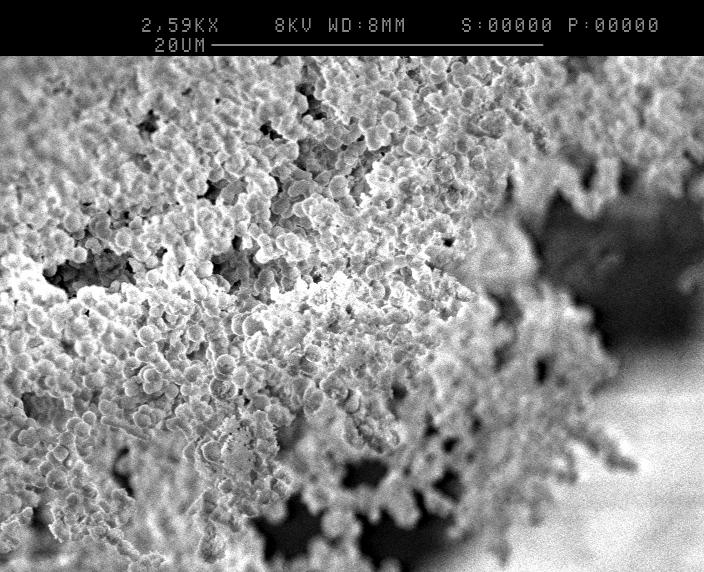Team:Newcastle/solution
From 2010.igem.org
RachelBoyd (Talk | contribs) (→Testing and Characterisation) |
(→Testing and Characterisation) |
||
| (11 intermediate revisions not shown) | |||
| Line 33: | Line 33: | ||
|} | |} | ||
| - | + | (Images above 1-3 left to right) | |
| - | + | *'''Image1:''' '''[[Team:Newcastle/Filamentous_Cells#Characterisation|''yneA'' Characterisation]]''' - Filamentous cells showing GFP signal. | |
| - | + | *'''Image2:''' '''[[Team:Newcastle/glue#Experiments|Levansucrose glue test]]''' - Growing our Bacillus subtilis 168 cells on sucrose caused them to produce levan. | |
| + | *'''Image3:''' '''[[Team:Newcastle/Alkalinity_resistance|Alkalinity resistance]]''' - Testing the chassis' ability to acclimatise by increasing the environmental pH. | ||
==Scanning Electron Microscope Images== | ==Scanning Electron Microscope Images== | ||
| Line 53: | Line 54: | ||
*'''Image4''': shows a higher magnification of calcium carbonates crystals and the crack which is being filled. | *'''Image4''': shows a higher magnification of calcium carbonates crystals and the crack which is being filled. | ||
*'''Image5''': shows a crack almost completely covered in calcium carbonate, cells and glue. | *'''Image5''': shows a crack almost completely covered in calcium carbonate, cells and glue. | ||
| - | *'''Image6''': shows a high magnification, the structure of the calcium carbonate crystals is more clear and some cells are | + | *'''Image6''': shows a high magnification, the structure of the calcium carbonate crystals is more clear and some cells are visible in the crack. |
|- | |- | ||
|[[Image:Newcastle_SEM2.jpg|300px]][[Image:Newcastle_SEM7.jpg|300px]][[Image:Newcastle_SEM5.jpg|300px]] | |[[Image:Newcastle_SEM2.jpg|300px]][[Image:Newcastle_SEM7.jpg|300px]][[Image:Newcastle_SEM5.jpg|300px]] | ||
| Line 59: | Line 60: | ||
|'''(Images above: left to right)''' | |'''(Images above: left to right)''' | ||
*'''Image7''': this very high magnification shows cells and glue in the crack covered in calcium carbonate. | *'''Image7''': this very high magnification shows cells and glue in the crack covered in calcium carbonate. | ||
| - | *'''Image8''': this image shows spores glued together with levan (induced by 10%sucrose)and calcium carbonate (produced by inducing with urea-calcium chloride broth). The cells have sporulated do to lack of nutrients and dehydration during preparation for SEM. | + | *'''Image8''': this image shows spores glued together with levan (induced by 10% sucrose)and calcium carbonate (produced by inducing with urea-calcium chloride broth). The cells have sporulated do to lack of nutrients and dehydration during preparation for SEM. |
*'''Image9''': this images shows the spores are glued together as they are hanging from a vertical edge | *'''Image9''': this images shows the spores are glued together as they are hanging from a vertical edge | ||
|} | |} | ||
| Line 65: | Line 66: | ||
== An e-Science Approach to Synthetic Biology == | == An e-Science Approach to Synthetic Biology == | ||
| - | [[Team:Newcastle/E-Science|We investigate the benefits of an e-Science approach, with a focus on workflows, to synthetic biology]]. | + | |
| + | '''[[Team:Newcastle/E-Science|We investigate the benefits of an e-Science approach, with a focus on workflows, to synthetic biology]].''' | ||
| + | |||
| + | {{Team:Newcastle/footer}} | ||
Latest revision as of 22:22, 27 October 2010

| |||||||||||||
| |||||||||||||
Contents |
Overview
BacillaFilla repairs concrete by producing a mixture of calcium carbonate, levan glue and filamentous cells in the cracks. Once we have applied BacillaFilla spores onto the concrete surface, they will start germinating in the presence of media. Once the cells have germinated, they will start to swarm down the crack. At the bottom of the crack when they reach a high density, they will use subtilin quorum sensing to activate concrete repair. BacillaFilla repairs concrete by 3 different processes:
- Some of the cells with produce calcium carbonate crystals,
- Some of the cells will become filamentous thereby acting as reinforcing fibres in the crack and
- All the cells will produce Levans glue which acts as a binding agent and at the same time it fills up the whole crack.
Therefore the mixture of all the three elements together will make a strong repair.
The industrial process of BacillaFilla starts from the batch bioreactor where the cells are grown at optimal conditions. The cells are then made to undergo sporulation and the spores are then transferred into storage containers. Spores don't require any nutrition or constant care and therefore they are ideal for long term storage and transportation. The storage containers will then be transported to the concrete repair site where they can be attached to a hand operated sprayer which will enable the personnel to spray spores along with the media onto the concrete surface. Once landed onto the concrete surface in the presence of media, the spores will germinate and will initiate concrete repair.
Parts Submitted to the Registry
- CaCO3/Urease
- Filamentous cells
- End of crack & signalling system
- Swarming
- Non-target-environment kill switch
- Glue
Testing and Characterisation
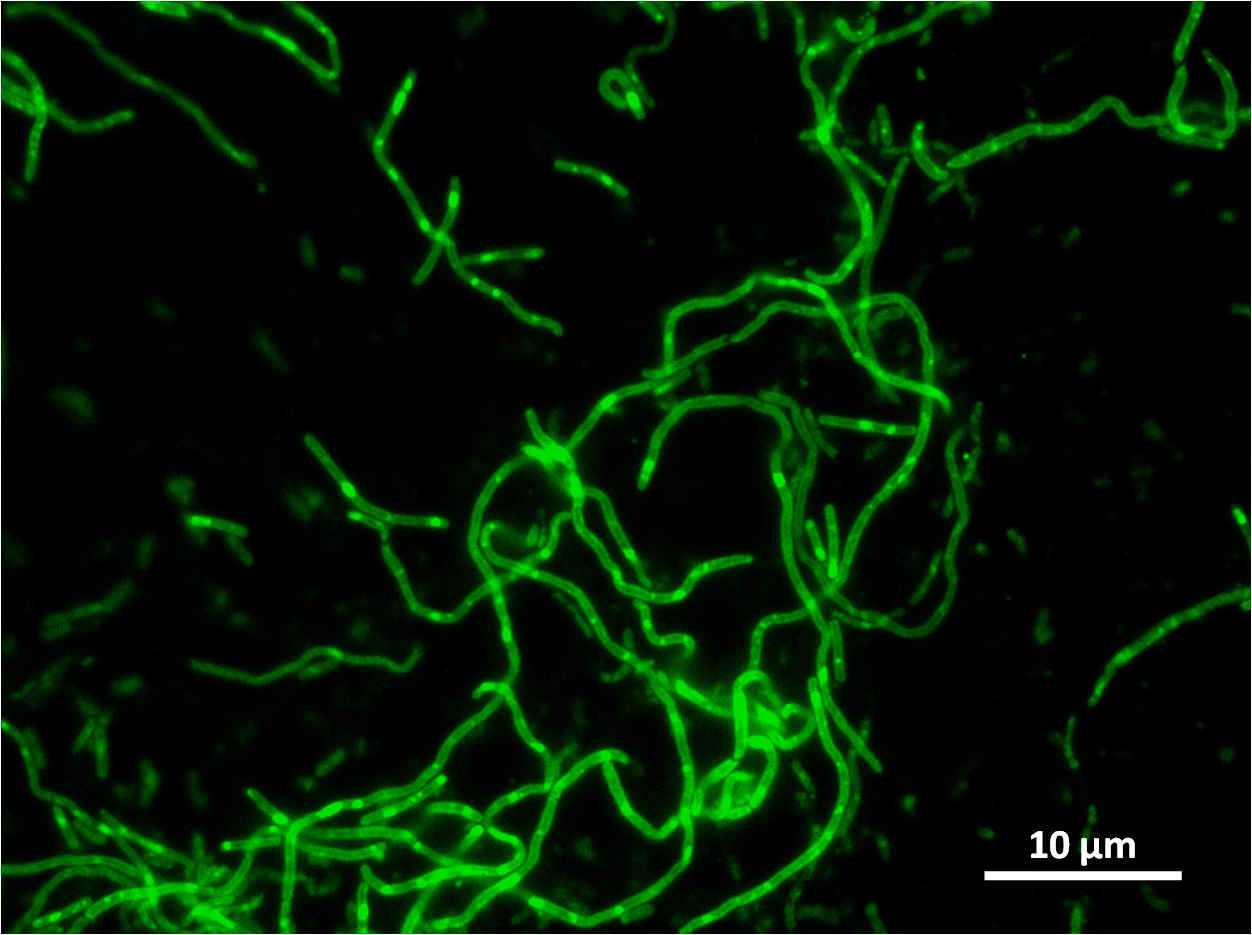
| 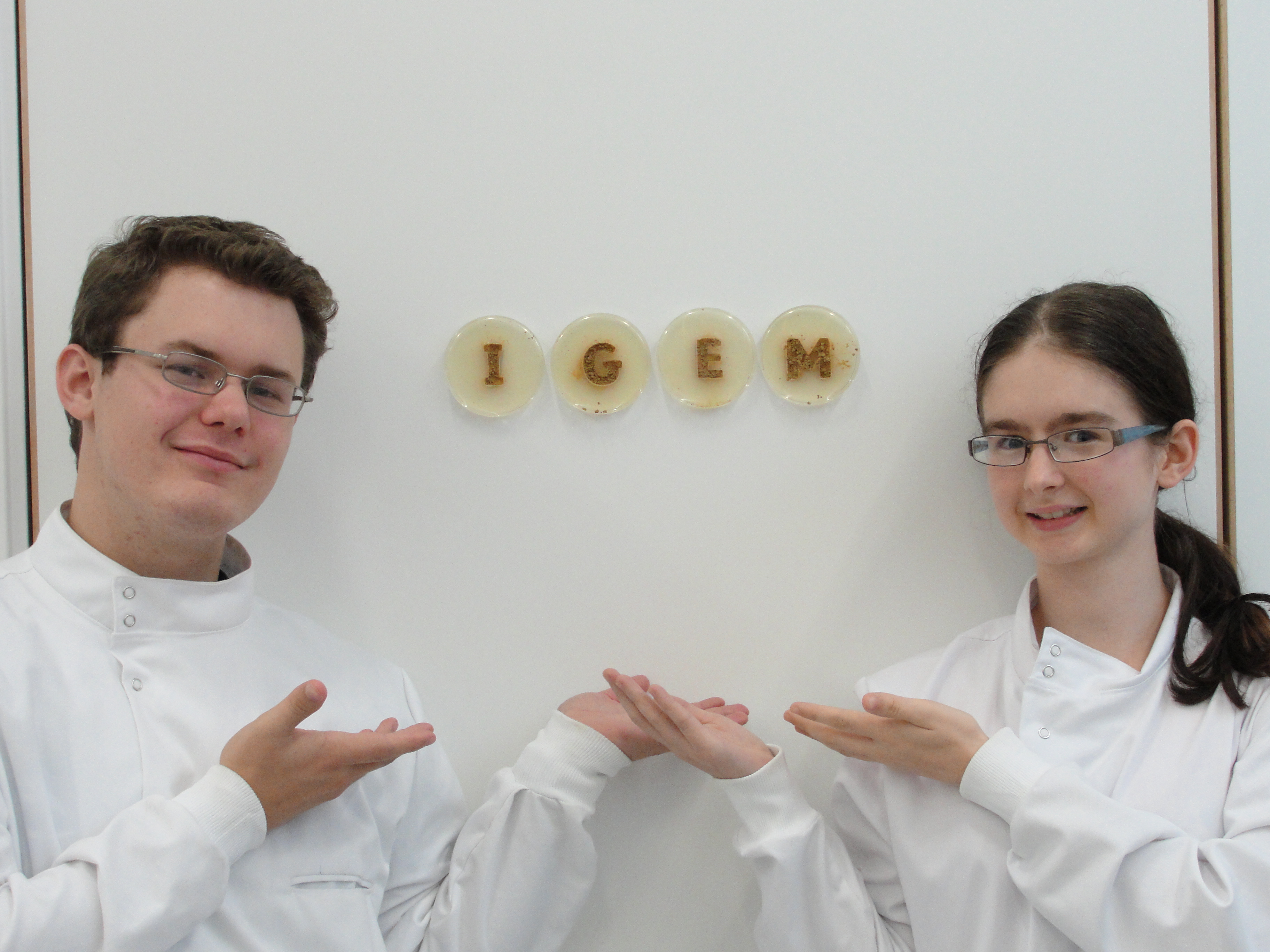
| 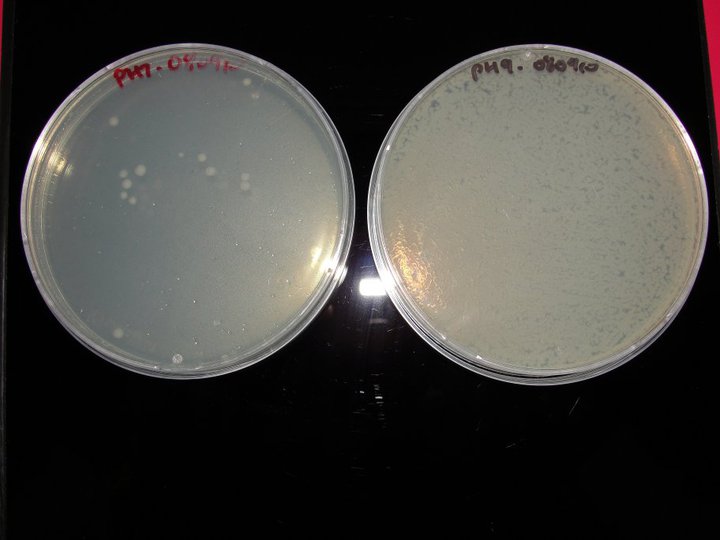
|
(Images above 1-3 left to right)
- Image1: yneA Characterisation - Filamentous cells showing GFP signal.
- Image2: Levansucrose glue test - Growing our Bacillus subtilis 168 cells on sucrose caused them to produce levan.
- Image3: Alkalinity resistance - Testing the chassis' ability to acclimatise by increasing the environmental pH.
Scanning Electron Microscope Images
An e-Science Approach to Synthetic Biology
 
|
 "
"


